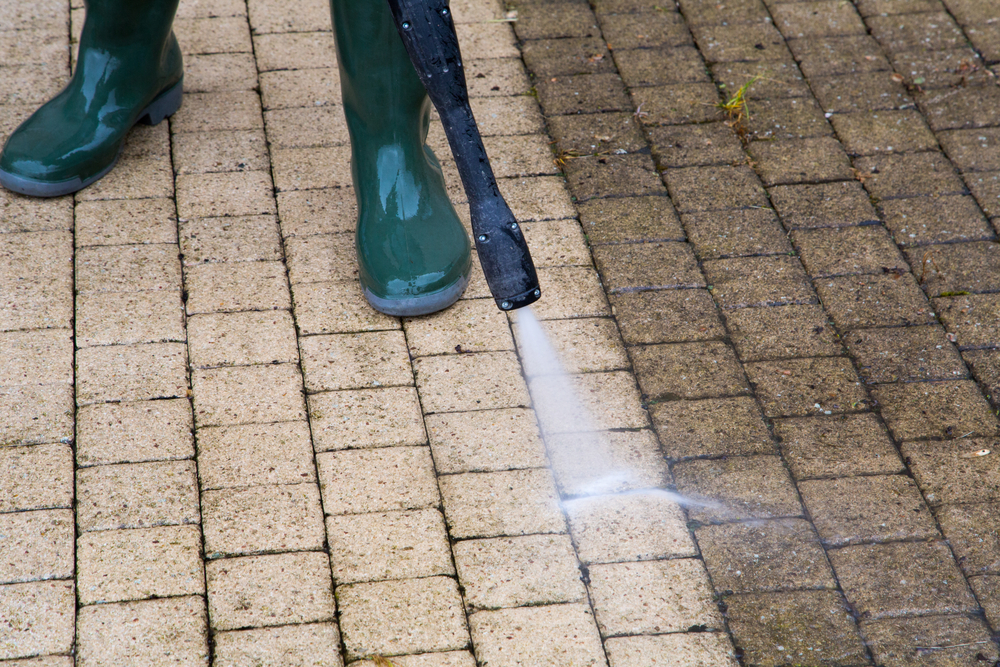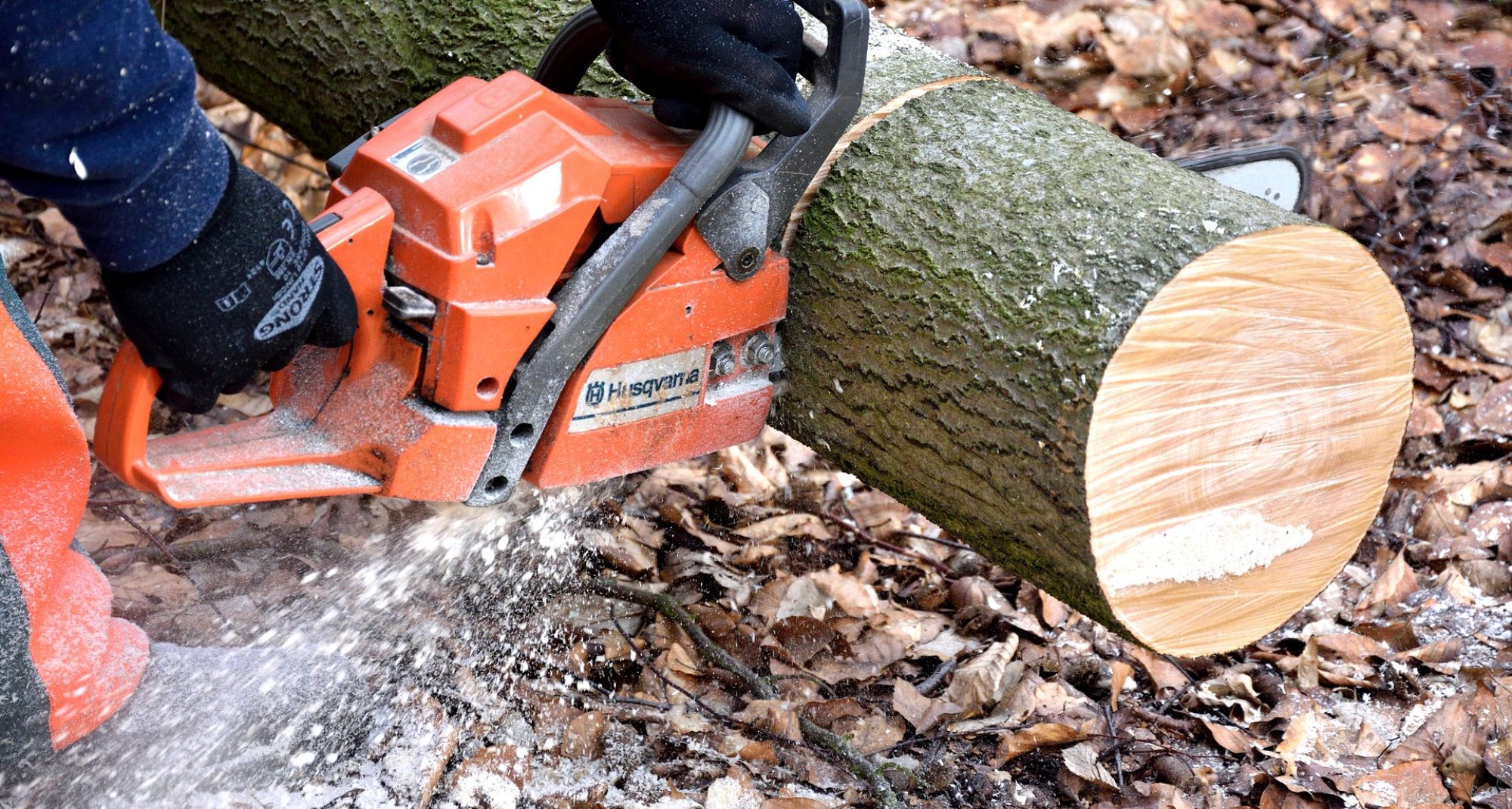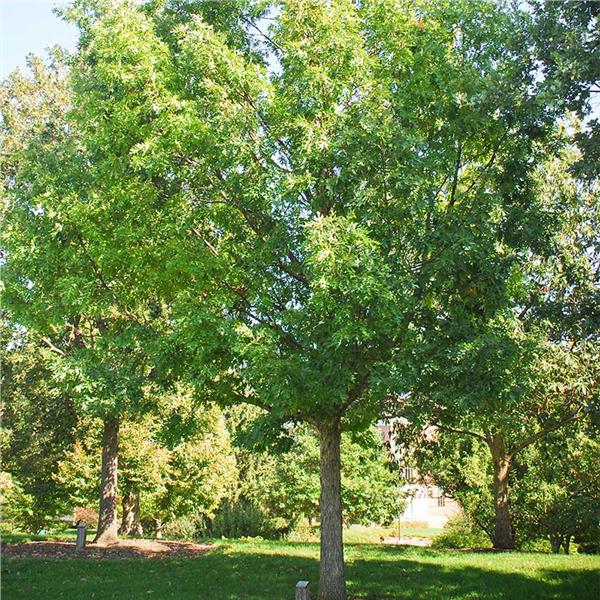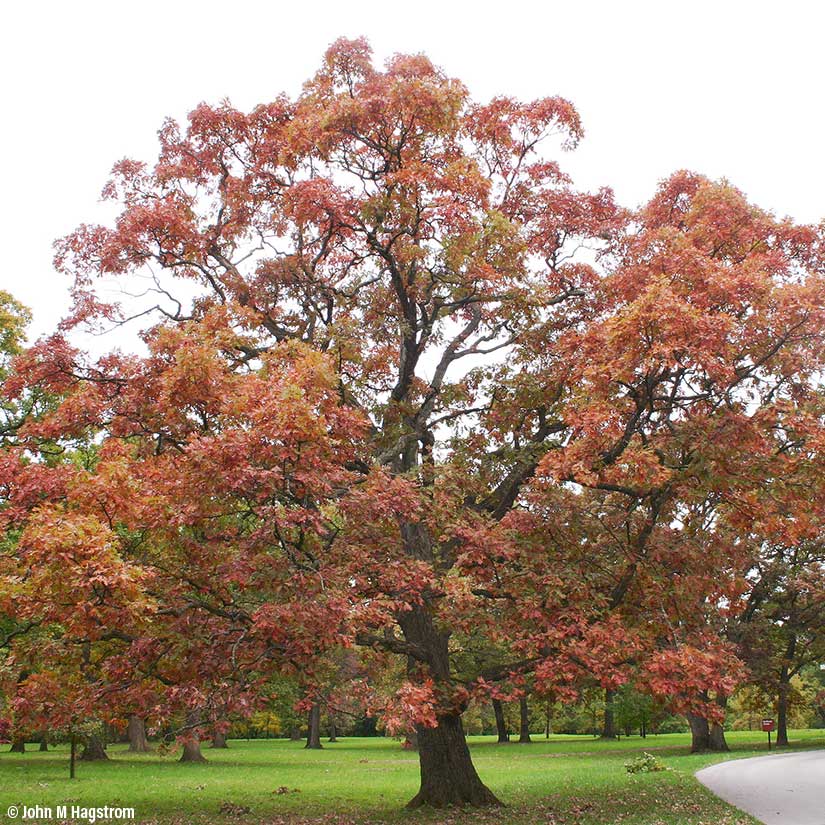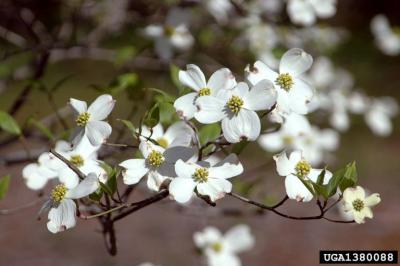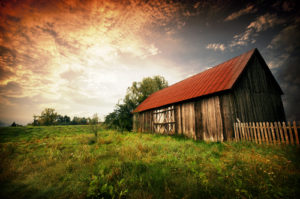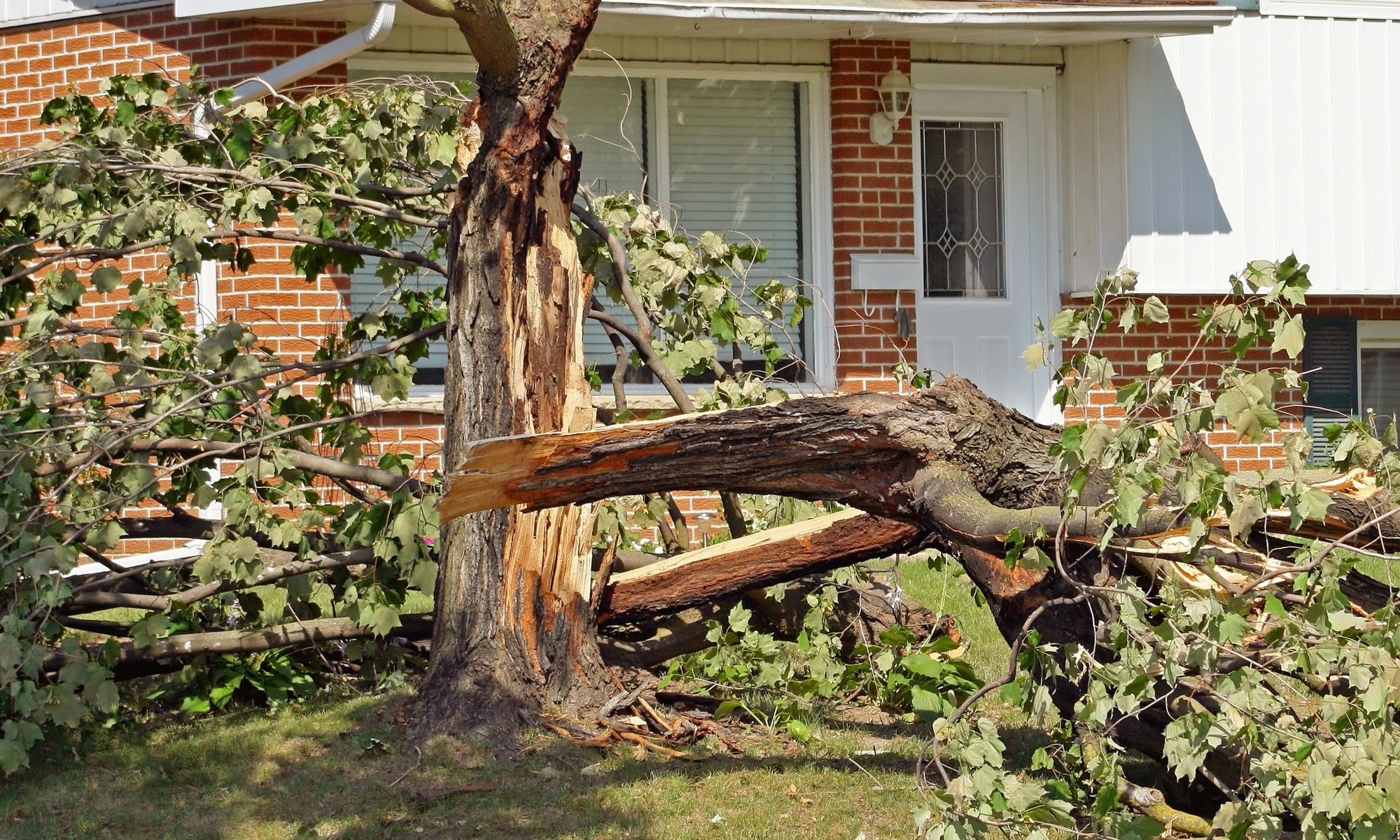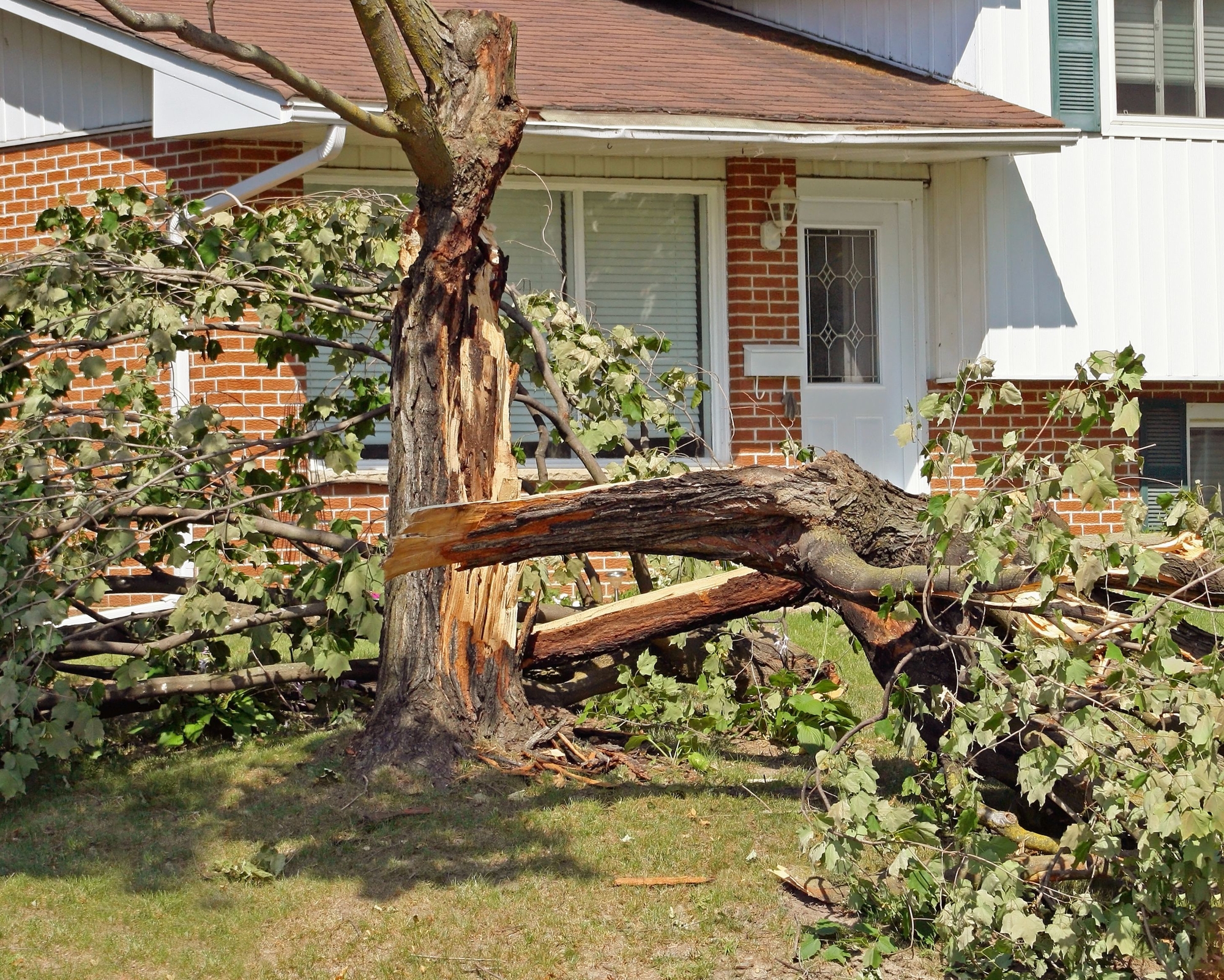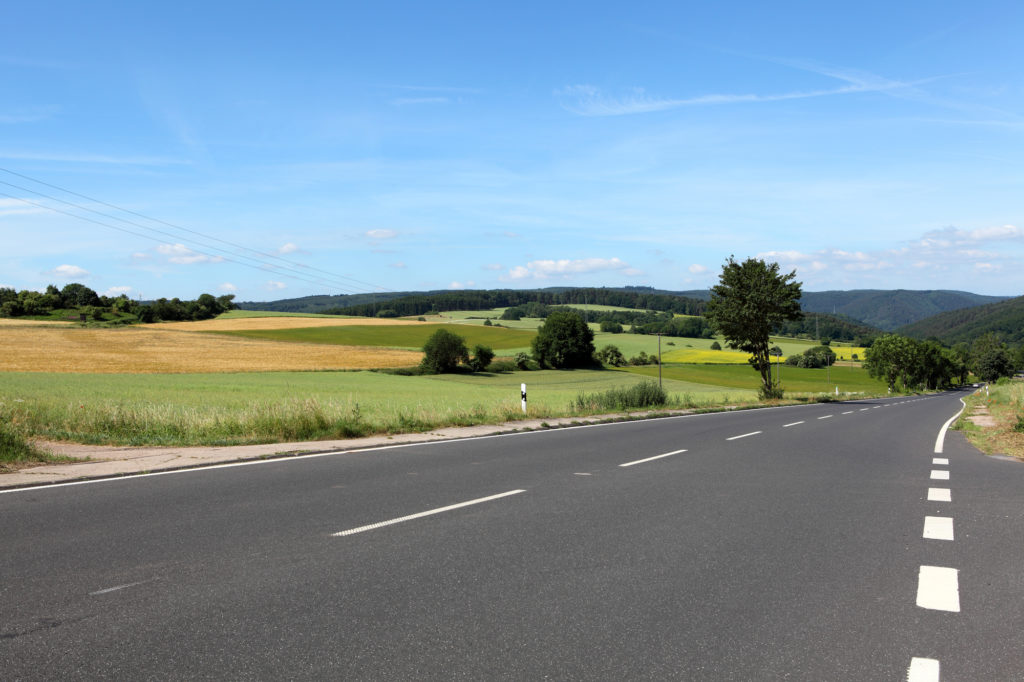The White Oak
Fun Facts About The State Tree
As the state tree of Maryland, the beautiful White Oak (Quercus alba) is the first on our list of trees that thrive in the Old Line State. Offering abundant shade during the hot summer months and gorgeous landscaping for your property, the White Oak is one of Marylanders’ favorites. It got its name from the color of its wood – it has a light beige to white tone when cut. White oaks can reach up to 100 feet in height and grow slow and steady at about 1 to 1 ½ feet every year, according to Home Guides. The trunk can grow to 4 or more feet in diameter, thus providing a stable foundation for full growth.
“We all know that from tiny acorns mighty oak trees grow, but we should add that from tiny acorns also grow deer, gray squirrels, red squirrels, chipmunks, wild turkeys, crows, flying squirrels, rabbits, opossums, blue jays, quail, raccoons, wood ducks—more than 100 U.S. vertebrate species eat acorns.”
The National Wildlife Foundation
The White Oak thrives in a variety of soil types and conditions and does well in full sun and partial shade. Its fruit, the acorn, provides abundant food for dozens of animals like squirrels, rabbits, and chipmunks and offers a safe, stable home for birds.
The White Oak’s Landscaping Value
The grandeur of this tree is not limited to its size at maturity or its ability to provide for a variety of animals commonly found in Maryland. Throughout the year, the Quercus alba gives off beautiful colors. During the warmer months, you can enjoy the deep green leaves, which can range from 5 to 9 inches in length, and as fall approaches, watch the leaves turn a deep red color. Those who have White Oaks on their property can attest to the beauty of this enduring species all year round.
The Red Maple
History Of The Acer Rubrum
The Red Maple (Acer rubrum) is the official tree of the state of Rhode Island. In the 1890s, a group of students selected the Red Maple as the state tree; however, it was officially chosen as such in the mid 1960s. In Dutch, Rhode Island means “red island,” so the Red Maple may have been chosen for its vibrant color. This is just one possible explanation for the decision to make it state tree.
Red Maple’s Characteristics
This tree is another Maryland favorite with its rich, crimson colors in the fall, vibrant red flowers in the spring, followed by lucsious green foliage in the summer. Like the White Oak, the Red Maple can tolerate varying soil types, so it is durable and enduring. At full maturity, it can reach up to 40 to 60 feet in height. It also provides abundant food to animals with its unique fruit, samaras, which resemble a wing and are often called helicopters as they make a fast spinning motion when they fall to the ground. Samaras begin to grow in late spring to early summer.
In addition to its aesthetic appeal, the Acer rubrum is easy to plant and grows relatively fast, making it a popular landscaping choice amongst Marylanders.
The Country’s Largest Red Maple
A fun fact: Great Smoky Mountains National Park is home to the country’s biggest Red Maple. This tree stretches 141 feet tall and more than 7 feet in diameter. It’s included in the National Register of Big Trees and was recognized by American Forests as “champion” in the late 1990s.
The Sycamore
The Sycamore’s Unique Characteristics
The Sycamore (Platanus occidentalis) is the Eastern United States’ biggest deciduous tree and can reach anywhere from 75 to 100 feet in height at maturity. They do best in areas with full sun exposure. This species is also referred to as buttonwood or buttonball due to the ball-shaped fruit clusters that hang from the branches during the winter and drop in the spring. The Sycamore has a unique appearance on its trunk and branches when pieces of the bark peel off and show the lighter-colored bark hiding underneath, creating a camouflage pattern.
Platanus Occidentalis & Landscaping
While beautiful in appearance, the Sycamore is not the best choice for home landscaping as it can be overbearing in size in full maturity and can leave a lot of debris from excessive shedding of its bark and fruit. It also attracts a variety of insects that you don’t want on your property. However, this species thrives in large, open areas like public parks and near bodies of water and provides abundant shade during the hot Maryland summers.
Despite its landscaping problems, in the autumn, the Sycamore turns a calming brown-orange color that looks beautiful when it has reached full maturity. If you’re a Maryland homeowner, however, considering planting trees to liven up your property, the Sycamore likely is not the best option. You might consider other types such as the White Oak, Sugar Maple, or Dogwood.
The Sugar Maple
Historic Uses Of The Sugar Maple
The Sugar Maple has an interesting history that reflects its unique benefits and uses. In the 1600s, the Native Americans relied on this species for sugar processing and to treat certain health problems. European settlers eventually began engaging in sugar processing, using the tactics they learned from the Native American population. The sugar was then sold or used in trade. Today, Sugar Maples continue to be the main source of syrup and they are also frequently used to make home furniture.
Characteristics Of The Rock Maple
The Sugar Maple (Acer saccharum), also known as the Rock Maple, is one of the nation’s favorites as it has been claimed as the state tree by four states – New York, West Virginia, Vermont, and Wisconsin. Throughout the year, this tree shows off its beauty through its vibrant green leaves and green-yellow flowers during the warm months and yellow, dark orange, and red colors in the autumn. This species makes for a perfect addition to your property’s landscape whatever the season.
The growth rate of the Hard Maple can range from less than a foot to 2 feet per year. At full maturity, the Acer saccharum can reach between 60 and 75 feet in height and between 40 and 50 feet in spread. During the humid summer months, you can find refuge in its shade. This species does well in both full sun and partial shade, making it a nice choice for a variety of homeowners with varying property conditions and sun exposure. Just make sure to give this species adequate space if you decide to plant it; it needs plenty of room to grow!
The Flowering Dogwood
Features Of The Cornus Florida
Last but certainly not least, we have the Flowering Dogwood (Cornus florida), the state tree of Virginia. There are many types of Dogwood, but the Flowering Dogwood is one of the more popular ones. In the spring, the Dogwood produces beautiful white flowers and has rich green leaves that then turn red-purple in the autumn. The Dogwood grows relatively quickly with an average growth of more than 12 inches each year, making this species a solid choice for property owners in Little America who want to quickly and easily spruce up their land.
Like the White Oak, the Dogwood does well in both partial shade and full sun areas; however, it thrives better in partial shade. Once it reaches full maturity in about 10 years, this species offers a lot of shade with its rounded, horizontal shape.
How To Care For The Dogwood
To maintain the aesthetic appeal and ward off or treat disease, it’s important to do regular pruning. Although the Dogwood does not need as much pruning compared to other species because of its natural full shape, like other trees, it too is susceptible to certain diseases like anthracnose and benefits from annual pruning.
We recommend you prune in the fall or winter when the tree is dormant and before new growth starts in the spring. If you’re in need of a professional arborist and want quality service, Southern Maryland Fellers Tree Service would be happy to help. Give them a call today to get a free estimate. They serve St. Mary’s, Calvert, and Charles County and would be happy to serve you!
For more home and property management services, read our next post on exterior cleaning!
